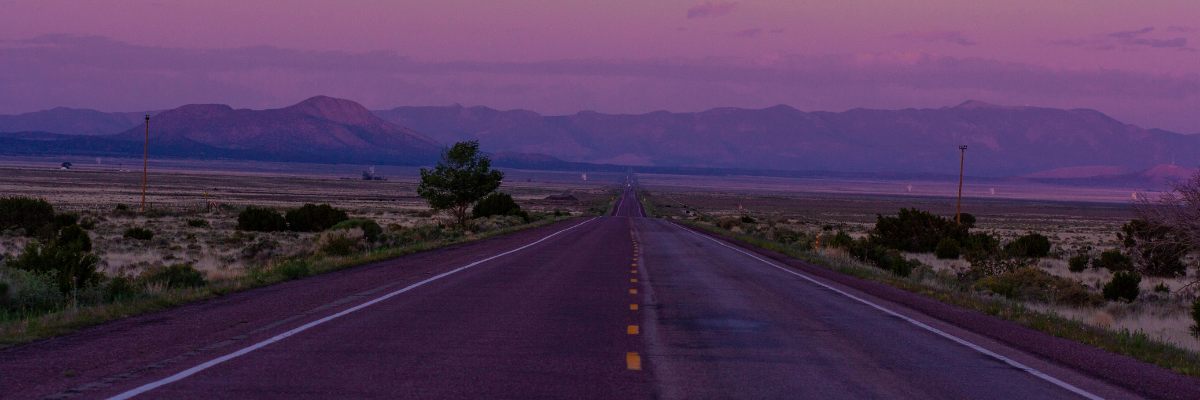
WIPP Expansion
Plans For Expansion at Los Alamos National Laboratory (LANL)
and Waste Isolation Pilot Plant (WIPP)
WIPP was constructed for the disposal of defense-generated transuranic (TRU) waste from DOE sites around the country. TRU waste consists of clothing, tools, rags, residues, debris, soil, and other items contaminated with plutonium and other man-made radioactive elements. The waste is permanently disposed of in rooms mined in an underground salt bed layer over 2000 feet from the surface with an end date of 2024.
Waste Isolation Pilot Plant (WIPP)
Expansion plans will Operate WIPP through 2050 for “the existing defense TRU waste inventory.”
“WIPP is currently anticipated to operate beyond 2050.”
WIPP will operate until at least 2080 for waste from new Plutonium Pit Production at LANL and SRS.
All mention of an end date is removed.
No other repositories are discussed. New Mexico is the only state to house nuclear waste in the nation.
Los Alamos National Laboratory (LANL)
A “pit” is the nuclear core, or trigger, of a nuclear weapon.
LANL Plans to increase plutonium pit production by 50% from the authorized 20 pits per year (ppy) to 30 ppy in aging nuclear weapons facilities.
A good source of information is the independent Defense Nuclear Facilities Safety Board (DNFSB) https://www.dnfsb.gov/
Weekly reports at https://www.dnfsb.gov/documents/reports.
WIPP has not addressed Environmental Justice issues
NMED does not consider the history, needs, and concerns of affected communities in their WIPP permits
NMED doesn’t make DOE provide regulation-required studies of short & long-term effects on communities near the site and along transportation routes
Whether such effects disparately affect Communities of Color and low-income communities is unknown because of the lack of studies
NMED doesn’t understand the affected communities nor do they understand what effects their permits will have on these communities
So NMED and DOE cannot create permits for WIPP that are truly protective of human health and the environment and are not discriminatory
DOE should provide documents in Spanish and Spanish translation at its
public meetings, which it has not been doing.
The DOE wants to use WIPP (Waste Isolation Pilot Plant) for storage of
waste from future nuclear weapons plutonium pit production (nuclear triggers)
high-level waste or spent nuclear fuel
commercial waste
34+ metric tons of “surplus plutonium”



